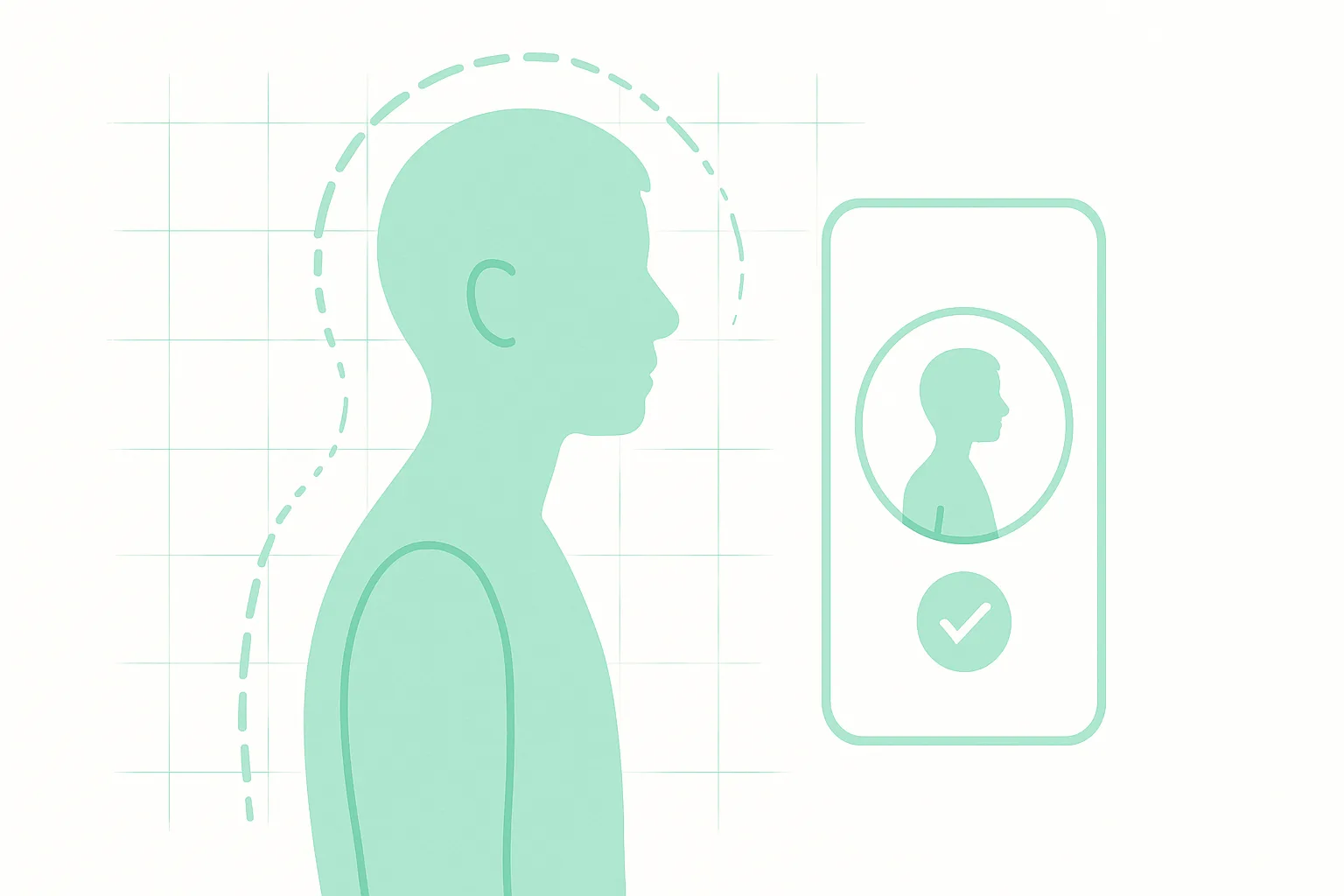Best AI Posture App: How Slouch Detection Works and What Matters

If you're curious about how an AI posture app can actually tell when you're slouching—and which features make a real difference—this guide is for you. We'll break down the tech in plain language, highlight what to look for, and share a quick setup so you can test results yourself.
How AI posture detection works
Most camera‑based posture apps estimate your head, neck, and shoulder positions in real time. Under the hood they use computer vision to infer key points (nose, eyes, ears, shoulders) and calculate angles relative to a neutral baseline. When those angles exceed your personal threshold for a sustained period, an alert fires.
- Detection pipeline (simplified):
- Capture frames from your webcam (no recording needed)
- Run a lightweight model on‑device to get landmarks
- Compute posture angles and smooth them over short windows to avoid false positives
- Trigger an alert when a threshold is exceeded for N seconds
- Privacy: High‑quality apps process everything on your device by default, so no video leaves your machine.
- Calibration: A one‑time neutral posture snapshot gives the system your personal baseline rather than a generic “perfect posture.”
Learn more about app capabilities on the features page.
Features that actually help you build better habits
- Real‑time alerts that are configurable (sound, subtle pop‑up, vibration on mobile)
- Sensitivity controls so you can start gentle and turn it up over time
- Session goals and trends (minutes upright, time saved from slouching)
- Break nudges that encourage you to change position rather than hold one pose all day
- Cross‑device support (desktop and mobile) with a consistent feel
- Privacy‑first defaults; no video saved or uploaded unless you opt in
Slouch Sniper ships these out of the box with on‑device processing and a quick setup. See the AI posture app details for specifics.
Webcam apps vs. wearables vs. browser extensions
- Webcam apps: Very fast to try, no extra hardware, objective head/neck angles; needs camera access.
- Wearables: Can be great for movement and vibration cues, but require a device you remember to charge/wear.
- Browser extensions: Helpful for desktop, but can’t coach posture during video calls or native apps.
If you’re at a desk most of the day, a webcam‑based AI posture app is the easiest way to start—especially if you want results within minutes.
Does it actually improve posture and comfort?
Consistent, real‑time feedback reduces the time you spend in a slouched position. Research shows that posture and movement habits influence stress and discomfort. For example, upright posture has been linked with improved affect and lower perceived stress, while regular micro‑breaks reduce new episodes of back/neck pain in desk workers (PubMed 25222091, 33906239).
The key is not rigidly holding a pose, but catching prolonged slouch early and taking small, frequent resets.
2‑minute setup
- Open the app and allow camera access (no recording)
- Sit tall, look straight ahead, and tap “Set baseline”
- Choose a gentle alert (sound or subtle banner)
- Work as usual—if you slip, you’ll get a nudge
Pro tip: pair alerts with quick movement breaks every 30–60 minutes for best results.
Quick FAQ
- Do I need perfect lighting? No. Normal desk lighting is fine; the model is robust to common conditions.
- Will this run on my laptop? Yes—Slouch Sniper is optimized for modern CPUs and runs fully on‑device.
- Can I use it with an external webcam? Yes. Pick your preferred camera in app settings.
When you’re ready, try the app and see what changes for you in a week of normal work.